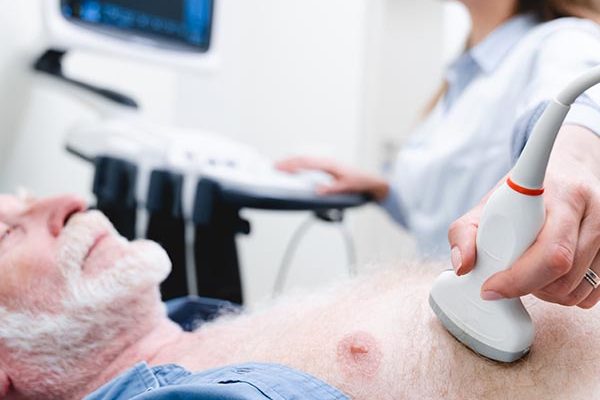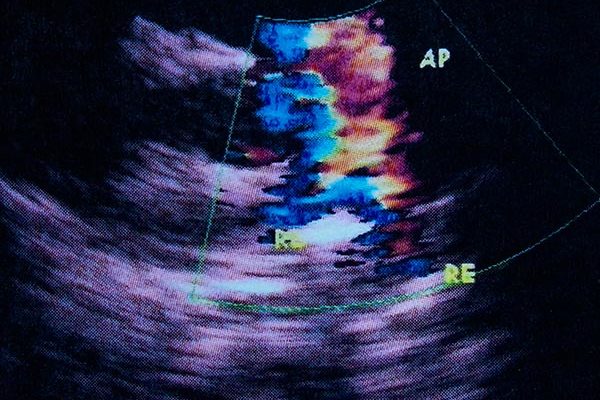Biodegradable, second-harmonic generating nanoprobes for targeted, high-resolution in vivo tumour imaging
The technology is a biodegradable optical imaging nanoprobe, termed bioharmonophore, that generates a strong second harmonic generating (SHG) signal which can be used for diagnostic and therapeutic purposes in biomedical imaging.
Proposed use
SHG is a non-linear optical process in which two photons directed at a non-centrosymmetrical media (i.e. material lacking a generalized mirror symmetry) combine to form a new photon with twice the energy. With its narrow signal profile, the SHG signal allows biomedical imaging with high signal-to-noise ratio and spatiotemporal resolution.
Thus, bioharmonophores can provide high resolution optical-signal for diagnostics and therapy of cancer. In vivo studies with zebrafish embryos proved high detection sensitivity of targeted cancer cells.
Problem addressed
Existing optical imaging probes such as bioluminescent and fluorescent probes have autofluorescence issues which often result in low signal-to-noise ratios and poor photostability.
Inorganic SHG nanoprobes were previously proposed as superior imaging probes for in vivo imaging. Unlike fluorescent probes, the SHG signal does not bleach or blink and the signal does not saturate with increasing illumination intensity. High probe sensitivity made SHG nanoprobes promising clinical and preclinical imaging probes, However high stability of inorganic SHG nanoprobes may cause long term toxicity concerns in vivo.
Benefits
- Achieves outstanding signal contrast in tissue due to absence of background signal
- Benefit from superior photostability than existing imaging probes
- Takes advantage of a unique biocompatible and biodegradable nature that does not elicit an immune response and is metabolised in vivo
- Utilises great long-term stability and clinically relevant bioavailability for in vivo imaging despite their biodegradability
- Eliminates in vivo toxicity concerns in long-term applications
- Ensures cheap, reproducible, scalable production of bioharmonophores
- Guarantees highly efficient and straightforward functionalisation of bioharmonophores for cancer targeting
Technology overview
This technology covers biodegradable nanoprobes, second harmonic generating bioharmonophores. Bioharmonophores are composed of both biodegradable and biocompatible components, self-assembling triphenylalanine peptides that are coated with poly(L-lactic acid) (PLLA) polymer. They can be readily surface functionalised with tumour targeting peptides to target cancer cells with high specificity. Optical properties and targetability of bioharmonophores make them ideal diagnostic imaging tools. Despite their biodegradable nature, bioharmonophores have high in vivo stability to perform their function.
Intellectual property information
EP3518986 A1 – BIODEGRADABLE, SECOND-HARMONIC GENERATING NANOPROBES FOR BIOMEDICAL IMAGING APPLICATIONS
Publications
Sonay, A. Y. et al. (2021) ‘Biodegradable Harmonophores for Targeted High-Resolution In Vivo Tumor Imaging’, ACS Nano. doi: 10.1021/acsnano.0c10634.
Inventor information
Dr Periklis Pantazis
Reader in Advanced Optical Precision Imaging, Imperial College London, UK
Dr Ali Yasin Sonay
Research Scholar, Memorial Sloan Kettering Cancer Center, USA
Assoc. Prof. Dr. Daniel Crespy
Head of Colloid Organic Materials Laboratory, Department of Materials Science and Engineering, Vidyasirimedhi Institute of Science and Technology, Thailand
Prof Dr Katharina Landfester
Director, Department of Physical Chemistry of Polymers, Max Planck Institute for Polymer Research, Germany





